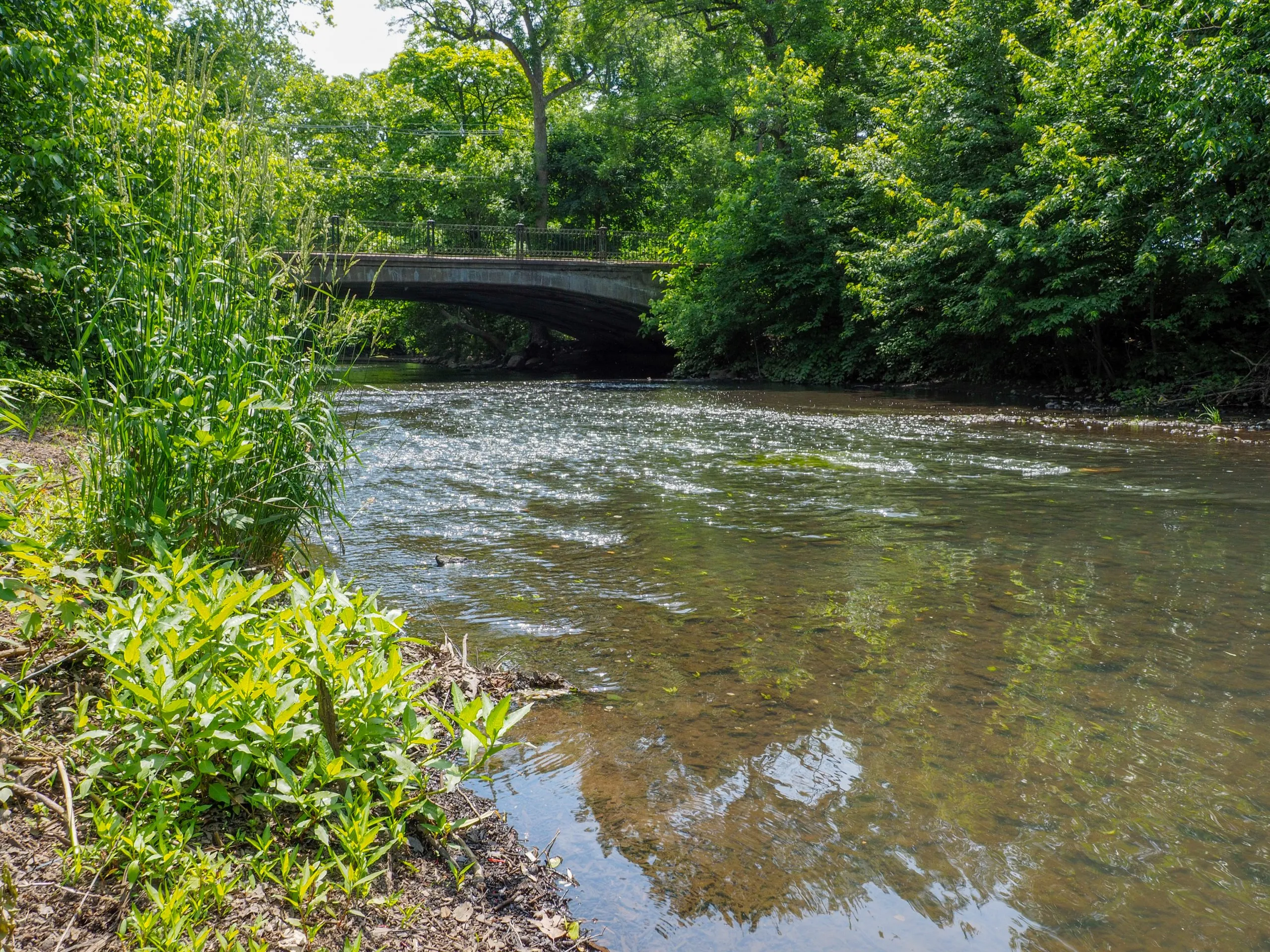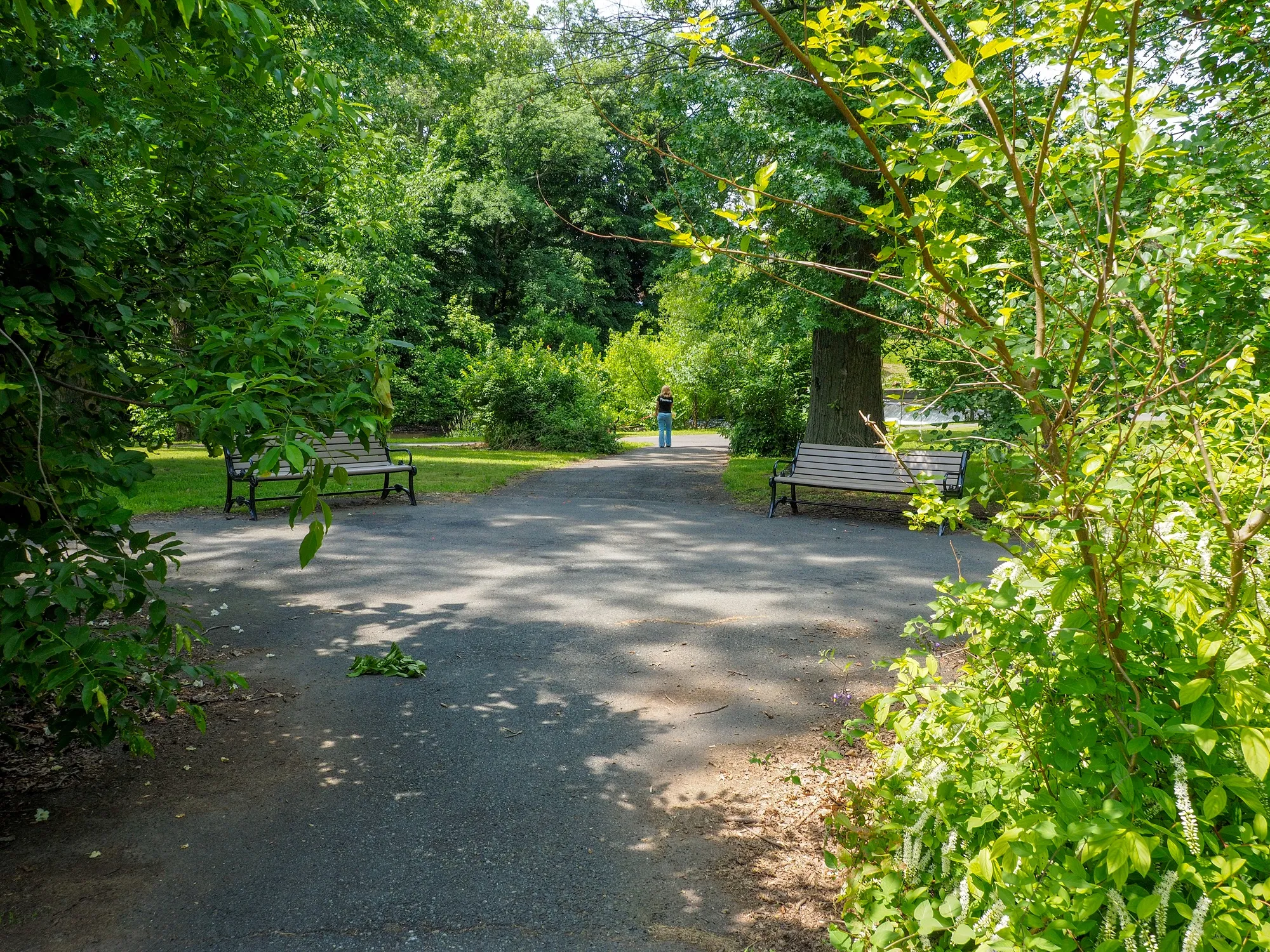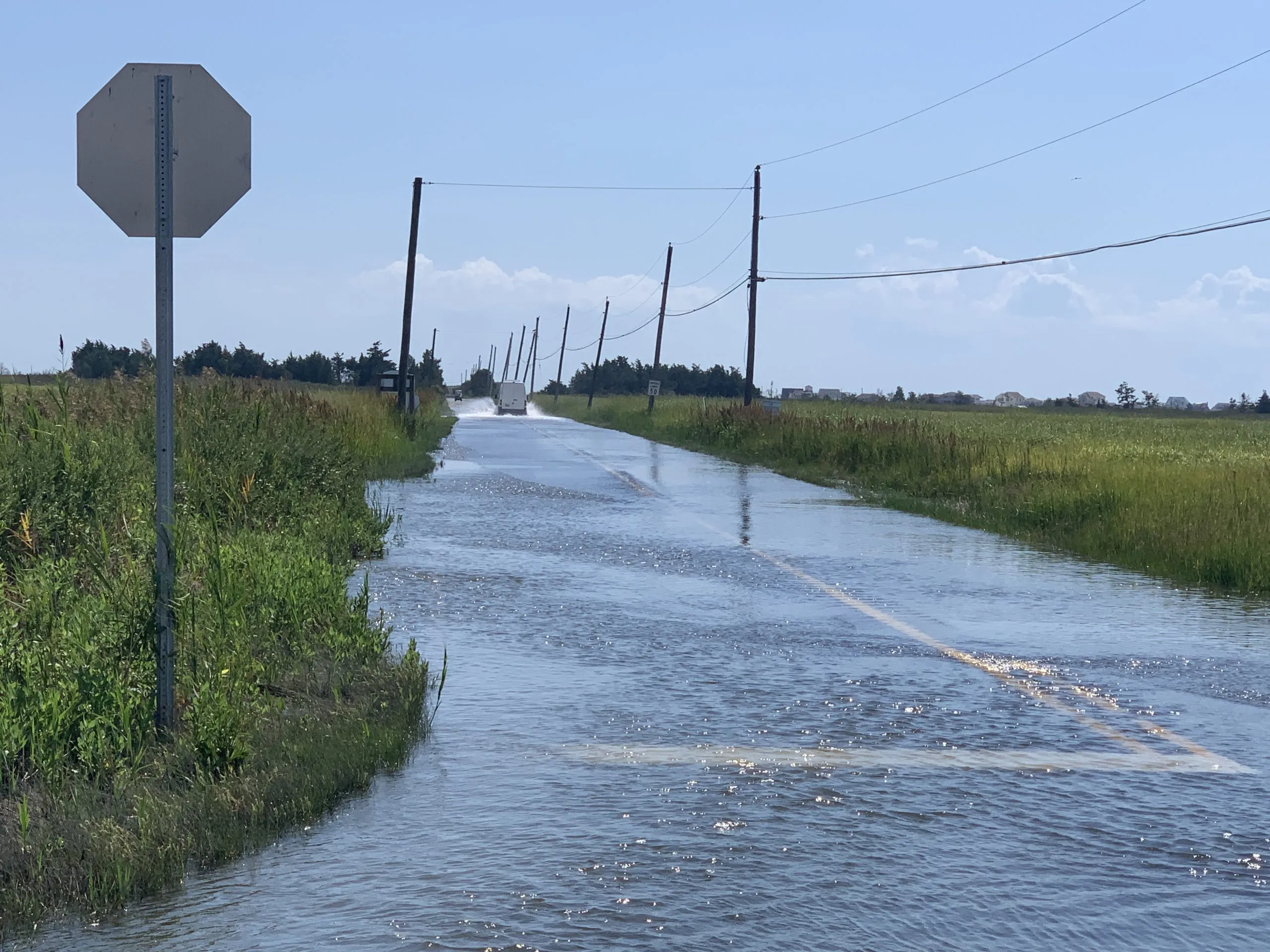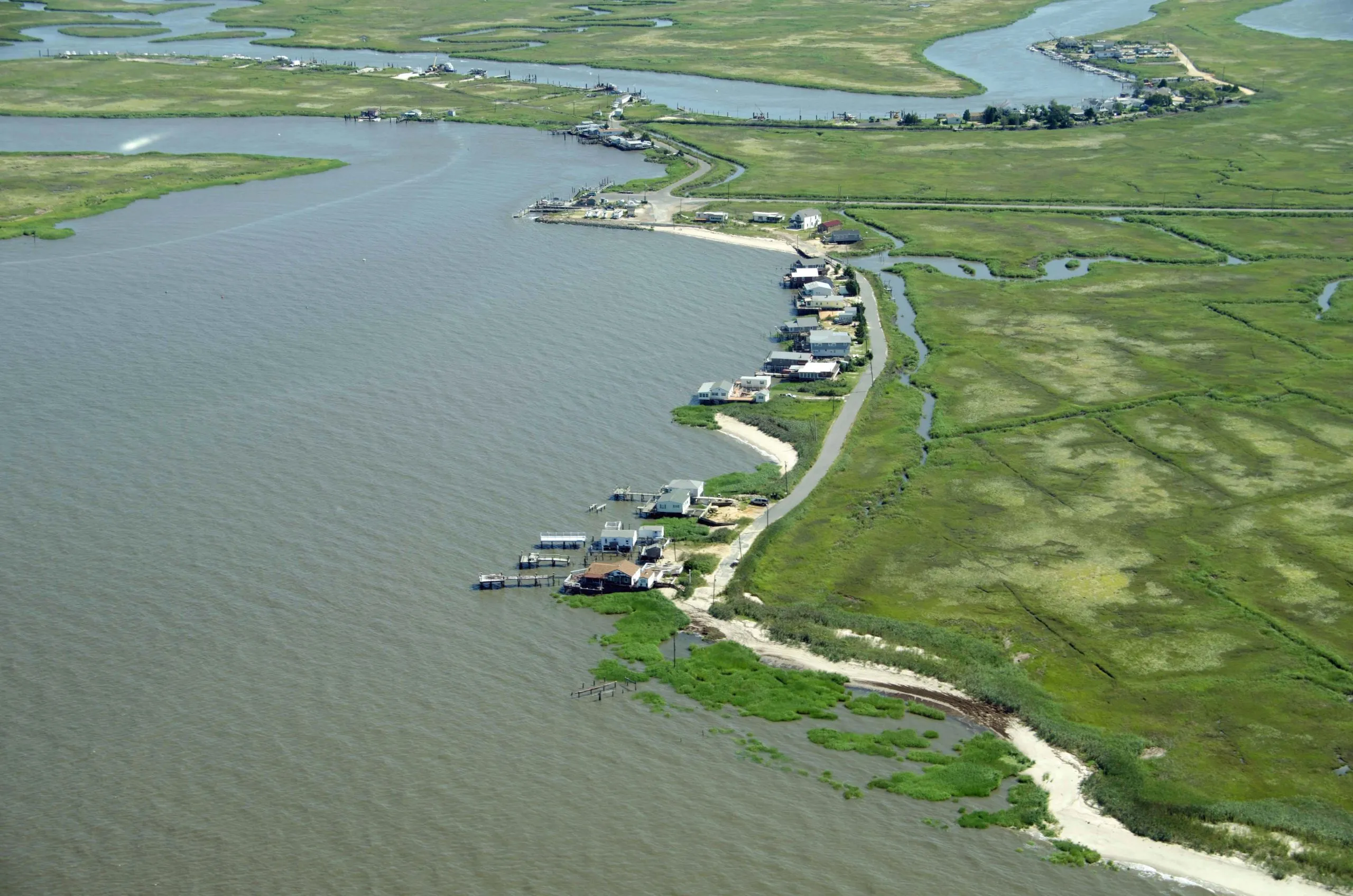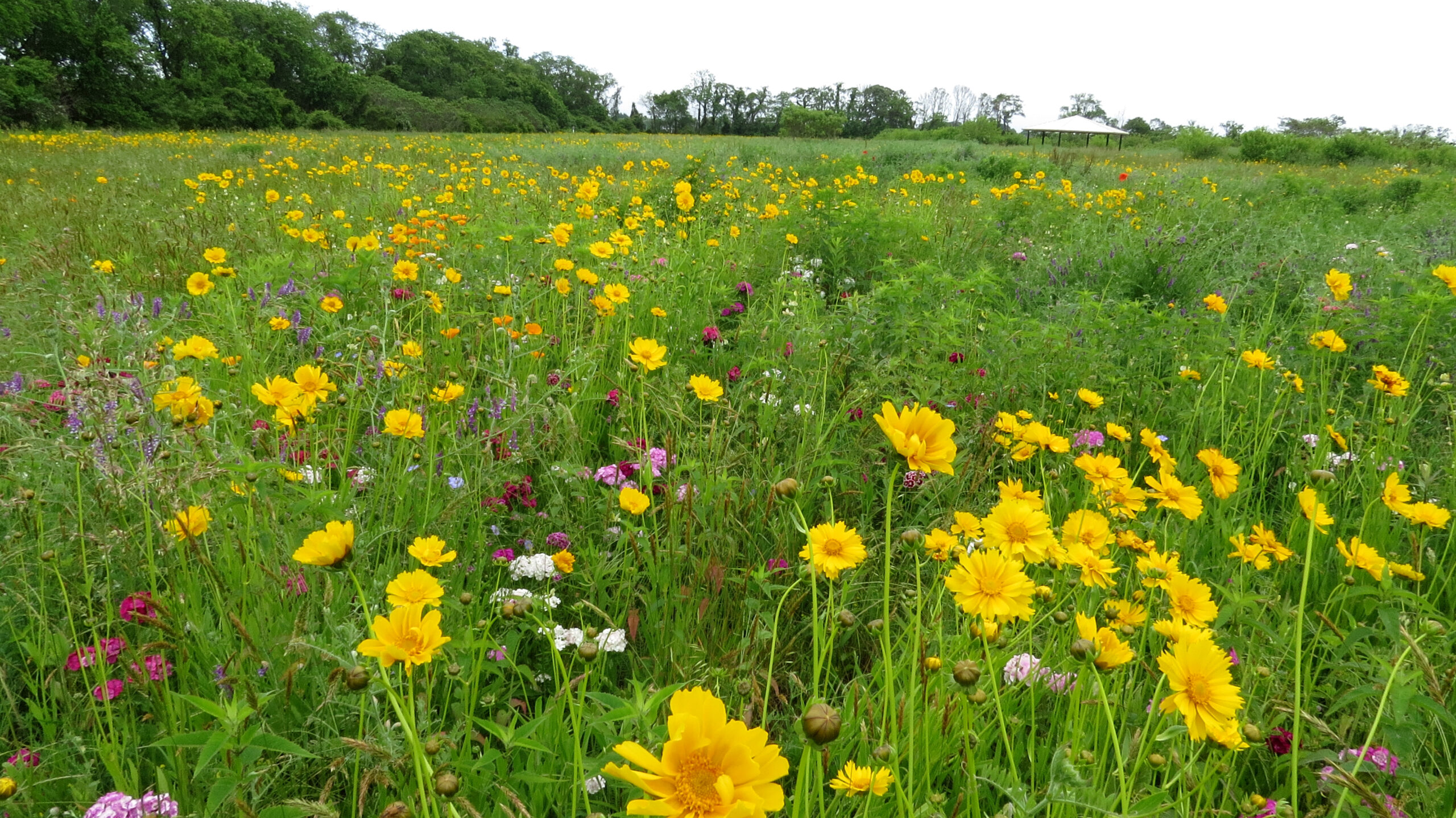
Photo by Damon Noe
Project Summary
When most people think of pollinators, honey bees are the first thing that comes to mind. But wild pollinators–like bumblebees, sweat bees and squash bees – can be more effective at pollinating than managed honey bees. The project team was interested in exploring how to partner with farmers, hypothesizing that this partnership could lead to a win-win situation of more native pollinators and higher yields for farmers. Yet, more data was needed to make the case to potential agricultural partners.
The analysis focused on crops in New Jersey most likely to rely on services from native pollinators – squash, blueberries, tomatoes, bell peppers, watermelons, peaches, apples, cucumbers and soybeans. Our analysis showed that overall, the native pollinators were an important risk management tool for farmers. However, the economic impact varied significantly by crop type and based on where the pollinator habitat was planted. These insights were crucial to help project partners make more cost-effective, targeted future recommendations. For an example refer to the fact sheet showing the results for fruit trees.

